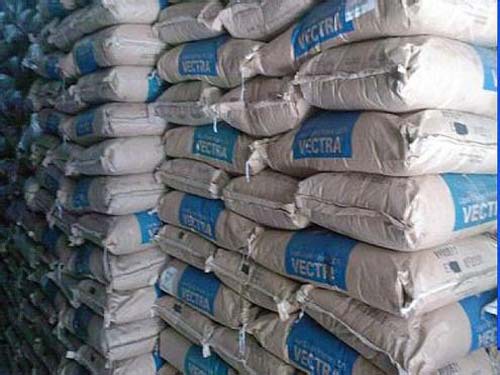
The latest analysis by IHS Chemicals, a global consulting company, said that the drop in international oil prices is leading to the destocking of some petrochemical product supply chains, and also laid hopes for the improvement of economic conditions. Petrochemical products prices will be lower and global petrochemical product demand will be lower. Growing. This trend will eventually tighten the supply of petrochemical products.
Dave Whit, Senior Vice President and General Manager of IHS Chemicals, said that because oil is a major production cost component and price determinant for many chemicals, plastics, and fiber products, the drop in oil prices will generally lower downstream petrochemical prices. At the same time, the broad macroeconomic benefits from the lower prices of petrochemicals and low energy prices will eventually make the demand for petrochemical derivatives stronger. “We can see that in the past, because of huge oil and gas prices and huge profits, such as North America and the Middle East, their petrochemical projects are experiencing a sharp decline in profitability. Although capital-intensive projects that have already been carried out in these cost-competitive regions will Continue to implement, however, we can predict that the future investment plan will slow down because many chemical manufacturers are waiting for the market trend to be clearer and the market volatility to be reduced before making a decision."
On the supply side, lower crude oil prices will gradually change the production costs of ethylene, which will affect the global ethylene market. According to the IHS chemical forecast, the global ethylene utilization rate will remain below 90% in 2015, and the positive impact on global ethylene demand will reach nearly 1 million tons/year. By 2016, due to the depletion of inventory and the acceleration of consumer demand, global ethylene demand growth will exceed 1 million tons/year, which will be higher than the previously forecasted demand level of the higher crude oil price benchmark. By 2020, the global ethylene demand will increase by 3.5 million tons per year.
Dave Whit said: "More importantly, if these predicted ethylene demand increases are met, then the supply pressure of global ethylene producers will increase. This will inevitably lead to the global ethylene utilization rate rose to more than 90%. If you consider With potential investment delay factors, the global ethylene utilization rate may even climb to 95% in 2023. Such a high operating rate will increase 5% to 6% over the current ethylene utilization rate." IHS predicts that the global ethylene industry will grow from 2017 to 2020. It will usher in market supply shortages that have not been seen for many years and will boost ethylene producers' profit growth.
IHS stated that according to the cost difference between the prices of petroleum raw materials and natural gas raw materials in different regions of the world, ethylene producers can be divided into cost advantage and cost inferior chemical producers. No matter which raw materials (naphtha, ethane, propane) are used, successful ethylene producers must try to use existing materials to create a greater competitive advantage. Cost-competitive ethylene producers, including their customers, will use these resource advantages by creating new multi-billion dollar production facilities to generate greater benefits.
For those producers whose costs are at a disadvantage, since raw materials account for almost 75% of petrochemical production costs, these companies have to consider investing in the purchase of raw materials with lower costs, or trying to reduce the cost pressures of competition through product differentiation. But usually, they may not be able to overcome this cost disadvantage. As a result, they have to face lower profits. It is predicted that as the global energy price drop will drive strong growth in demand for petrochemical products, the capital return rate of existing facilities will also be higher than expected. On the other hand, the attractiveness of new natural gas feedstock investment projects may be less attractive than before.
15-25mm Calcium Carbide: Physical and chemical properties: ores are solid brown or black block, pure white crystals (including CaC2 higher purple). Density of 2.22 g / cubic centimeter, the melting point of 2300 ° C (with CaC2 content), water immediately intense reaction to generate acetylene, and release heat, Calcium Carbide content varies with the melting point also will change.
Impurities: Caustic soda often contain calcium arsenide (Ca3As2), calcium phosphide (Ca3P2) and other impurities, and the role of water at the same time release arsine (AsH3), phosphine (PH3) and other toxic gases, so the use of Acetylene generated by calcium carbide is toxic.
Crystal structure
The most common crystal form of CaC2 is tetragonal, stable between 298K and 720K. Quartet CaC2 similar to the crystal structure of NaCl, but due to [: C≡C:] 2- ion oval, oriented, the crystal is tetragonal. In CaC2 crystal, the C-C distance is 120pm, which corresponds to the bond length of carbon-carbon triple bond, the distance between Ca and C is 259 and 282pm.
15-25Mm Calcium Carbide,Acetylene Plant Calcium Carbide,Industrial Calcium Carbide,Steel Calcium Carbide
Ningxia Tongji International Trade Co.,Ltd. , https://www.tongjiinternational.com